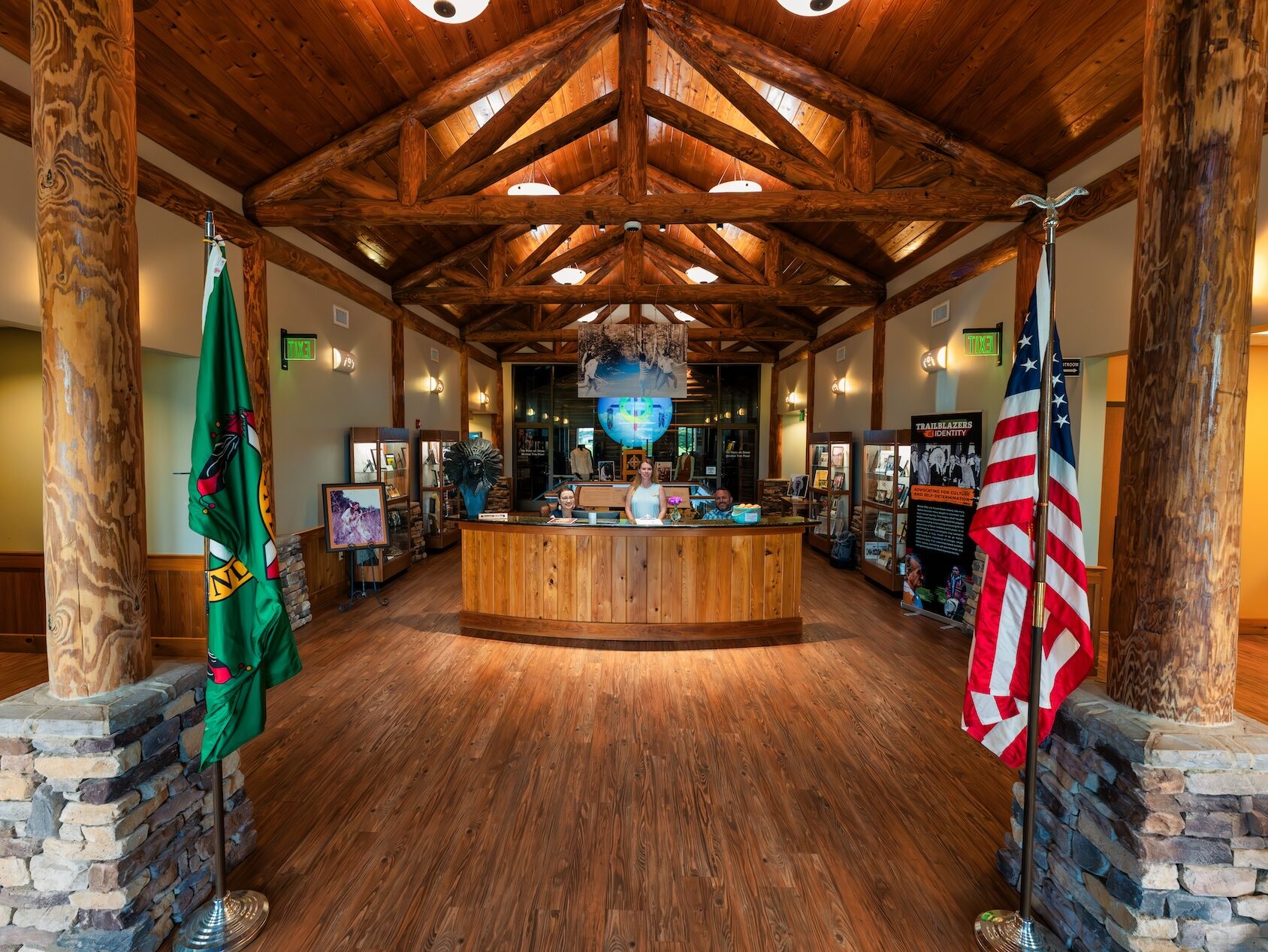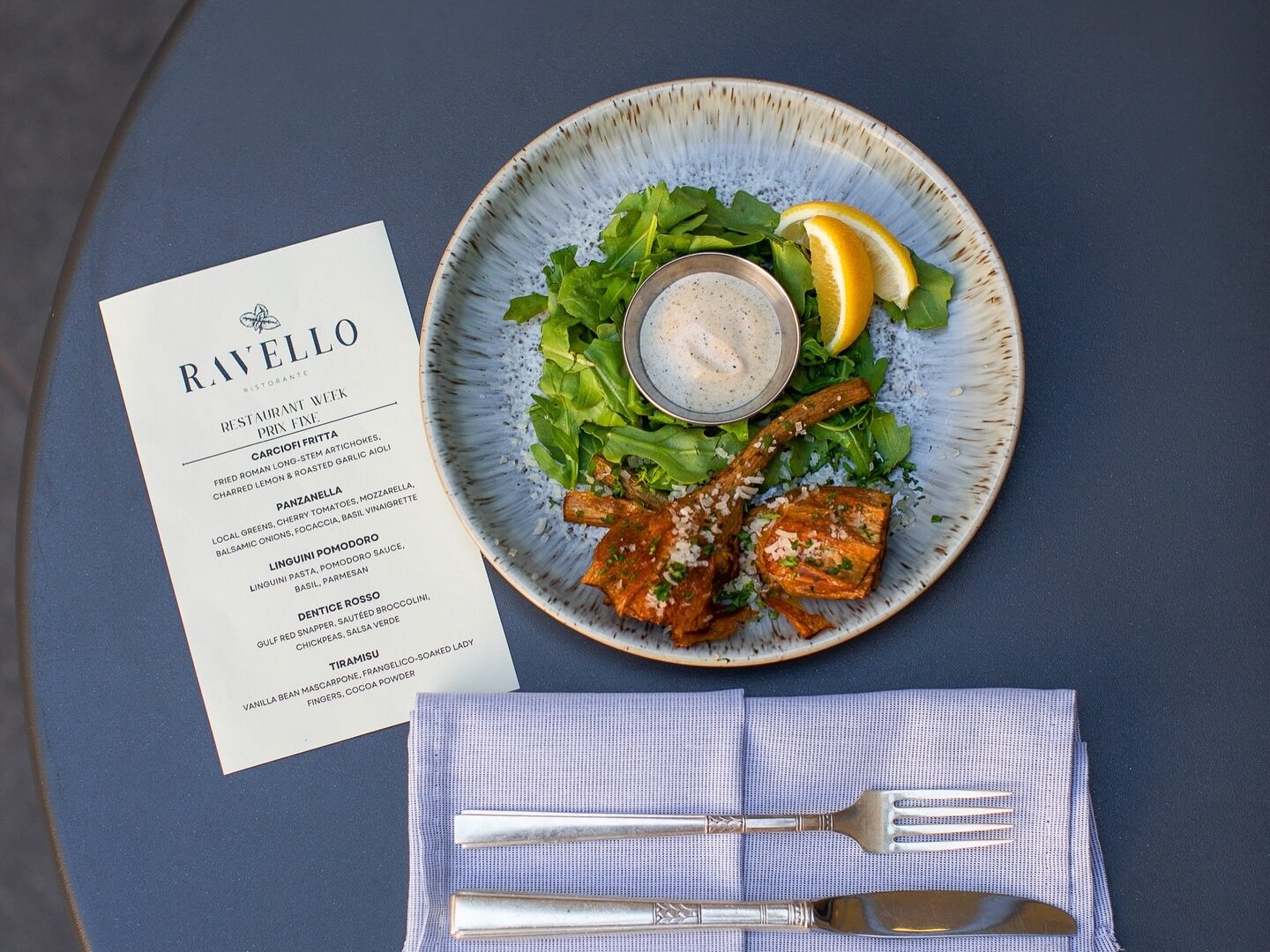When I was a little girl, while my friends were dressing Barbie and parading her around her Dream House or swaddling their Cabbage Patch kids and rocking them to sleep, I was outside in the ditch behind our house (we called it a creek, but it was a straight-up drainage ditch) coaxing crawdads out of their stacked-mud turrets with a stick or reading under the umbrella of our big magnolia. I had no interest in dolls at all. The only doll I owned was a gift I didn’t want or ask for, a doll version of Amy from Little Women made by Madame Alexander and so, confined to her box to ensure forever collectability. That was fine with me, since again, I cared nothing for dolls. I thought some were creepy. I thought most were brain-freezing boring.
But now, at almost 50, a doll has finally captured my attention. Or, to be more accurate, a doll maker—Alabama’s Ella Smith—has grabbed my interest. It surprised me, although it shouldn’t have, considering my fascination with makers. (See my December column here.) And when I learned this maker was a female far ahead of her time, the hook I’d been toying with was set.
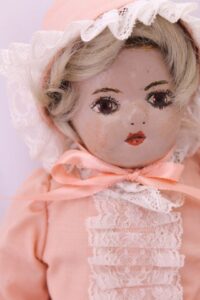
(Alabama Department of Archives and History/Contributed)
Were she alive today, Smith would no doubt be hailed an innovator and earn spots on magazine lists honoring trailblazing women. But the creator of the Alabama Indestructible Doll lived and worked in the late 1800s/early 1900s, making her attitude and her accomplishments all the more remarkable.
In 1886, Smith came to Roanoke, Alabama, where she taught art at Roanoke Normal College. When she married, she gave up teaching, but her artistic talent and know-how would soon be put to use again. There’s no official account that can pinpoint the exact impetus for her venture into doll-making, but one story says in 1897, a little girl in her neighborhood was distraught over the destruction of her porcelain doll, and she asked Smith to repair it. In her attempts to fix it, Smith discovered a solution to make the doll stronger and recognized a need. The common dolls of the day, with their porcelain heads, hands, and feet, were easily shattered. They were expensive to begin with; add their fragility, and you had a product really only accessible to the privileged few.
So, Smith set out to make a doll that cost less and lasted longer and ended up inventing a plaster-of-Paris-type material for the heads, hands, and feet that was more affordable and stronger than porcelain. It was so strong, that Smith dubbed her creations Alabama Indestructible Dolls, and early ads claimed the doll heads could withstand being run over by a truck. In 1904, her dolls won a blue ribbon at the St. Louis World’s Fair. In 1905, she got her first U.S. patent on her dolls, which were also called Ella Smith Dolls. She would eventually hold 11 patents.
Her carpenter husband built her a factory behind their house, and after getting up and running, the Ella Smith Doll Co. thrived there until growth necessitated an expansion. At the company’s peak, some estimates put the annual number of dolls made at 8,000 to 10,000. They came in various sizes and styles (including boys), ranged in price from $1.15 to $5.25, and were mail-ordered and shipped all over the United States.
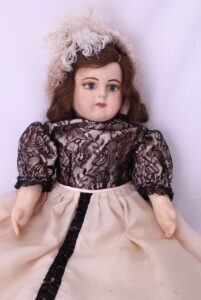
(Alabama Department of Archives and History/Contributed)
It all ended in tragedy when Smith’s two new business partners died in a train wreck while on a work trip in 1922. Their families sued the company, almost bringing on bankruptcy, and the situation seemed to suck all the motivation out of Smith. The company succumbed to a slow decline in the years following and finally closed. Smith died in 1932.
While the dolls themselves are intriguing, like me, Ryan Blocker, Museum Collections Coordinator at the Alabama Department of Archives and History, is as fascinated by Smith as the toys she made. “It’s such an amazing story because you have this female-founded company before women had the right to vote,” she says. “And all her employees were women at a time when most women didn’t work. She even made a Black doll. She was way ahead of the curve.”
Smith’s drive to fill the gap she saw in the toy market seems rooted less in turning a profit and more in the desire to put durable toys in more children’s hands. “I think she was also interested in providing jobs for her community,” Blocker says.
The dolls’ material was different, but they had a distinctive look too. “I can spot an Ella Smith doll by its facial features; they are phenomenal,” Blocker says. “And the ears are a bit different; they are more of an impression than an actual ear.”
And while they were cheaper than porcelain dolls, they were no simple knock-offs. They were still handmade, and their wide eyes, blushing cheeks, and red lips were painted on, as was hair, although you could spend a bit more to get a wig for your Ella Smith Doll. “They looked like the pricey porcelain dolls that were so sought-after,” Blocker says. “The bodies were similar, the rag-doll style, but with Ella’s unbreakable parts.”
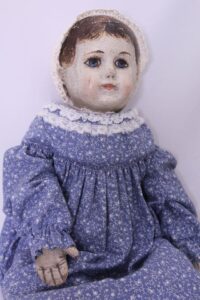
(Alabama Department of Archives and History/Contributed)
Smith’s patented formula is still a secret, and while the technology now exists to reverse engineer it, according to Blocker, that probably won’t happen. “We’d have to destroy a doll to do it,” she says. Archives currently has seven century-old Ella Smith dolls in its collection, proof of their indestructible nature. While more dolls exist in museums and private collections, having been handed down through generations, they are still rare, and their scarcity is one reason the department has preserved them for further study.
But Smith’s ingenuity isn’t the only aspect making them special, according to Scotty Kirkland, the Exhibits, Publications and Programs Coordinator at Archives, who has researched and written about Smith. “Despite how hardy they were, there are very few of the dolls left, and yet, the story is indestructible,” he says. The tale of a woman collaborating with her community to make, promote, and sell dolls is soaked in hometown pride, evidenced by Roanoke’s continued devotion to Smith’s memory and legacy.
A welcome sign on the south entrance to the city proclaims Roanoke as the home of Ella Smith Doll. A doll was incorporated into the cornerstone of the town’s First United Methodist Church and a historical marker denotes the apartment complex that was once the doll factory. “When you think of great Alabama-making stories, you’re likely thinking of steel and rockets and warships, and those things all happened in Alabama’s biggest cities,” Kirkland says. “But in small towns all over the state, there are stories like Ella Smith’s, and they deserve to be told too.”


